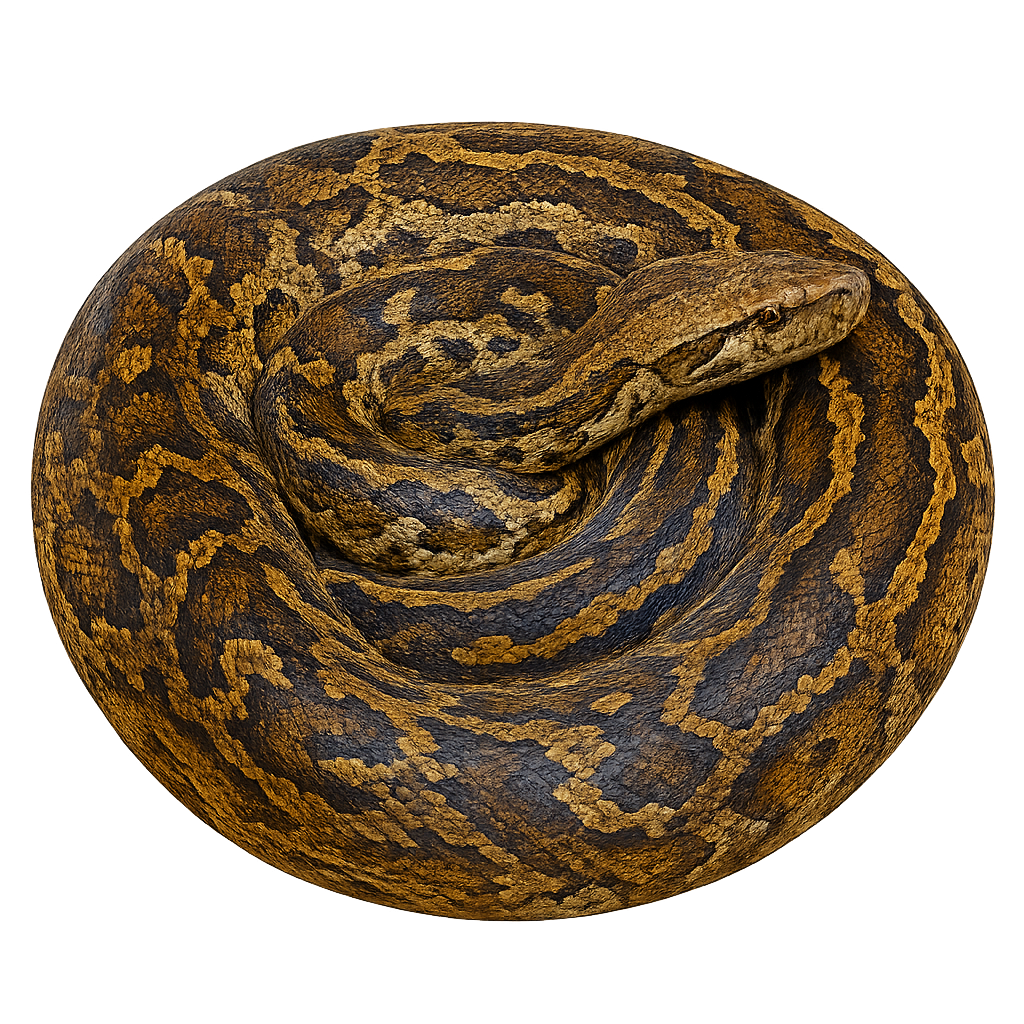Your wildlife photography guide.
Explore the african rock python in detail, study its behavior, prepare your shots.
Where to observe and photograph the african rock python in the wild
Learn where and when to spot the african rock python in the wild, how to identify the species based on distinctive features, and what natural environments it inhabits. The WildlifePhotographer app offers tailored photography tips that reflect the african rock python’s behavior, helping you capture better wildlife images. Explore the full species profile for key information including description, habitat, active periods, and approach techniques.
African rock python
Scientific name: Python sebae

IUCN Status: Least concern
Family: PYTHONIDAE
Group: Reptiles
Sensitivity to human approach: Suspicious
Minimum approach distance: 5 m
Reproduction period: N/A
Incubation: 65–80 jours
Births: N/A
Habitat:
Tropical forests, savannas, wetlands
Activity period :
Mainly active at night, generally discreet during the day.
Identification and description:
The African rock python is one of the largest snakes in Africa, reaching lengths of up to 7 meters. It has a robust body covered in intricate patterns of brown, yellow, and black scales, providing excellent camouflage in its natural habitat. This primarily nocturnal snake preys on a variety of animals, from rodents to antelopes. Although non-venomous, it kills its prey through constriction. Often found near water, it is an adept swimmer. Its presence is crucial for ecological balance, yet it faces threats from hunting and habitat loss.
Recommended lens:
400m3 – adjust based on distance, desired framing (portrait or habitat), and approach conditions.
Photography tips:
To photograph the African rock python, it is essential to maintain a safe distance of at least 5 meters to avoid disturbing it. Use a 300 mm lens to capture details without getting too close. Focus on dusk or nighttime hours when the snake is most active. Be patient and wait for it to move naturally to get dynamic shots. Ensure good stability to avoid blurring, especially in low-light conditions.
The WildlifePhotographer App is coming soon!
Be the first to explore the best nature spots, track rutting seasons, log your observations, and observe more wildlife.
Already 1 429 wildlife lovers subscribed worldwide

